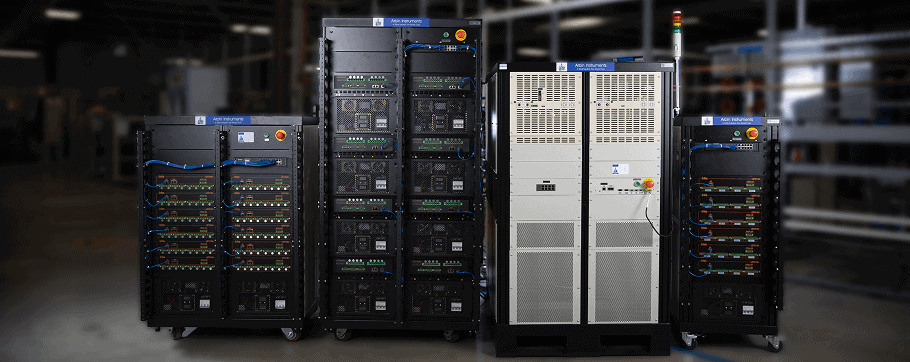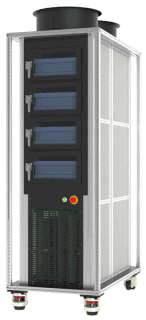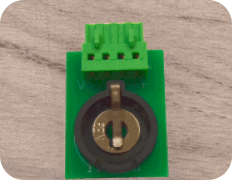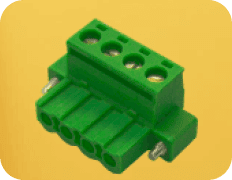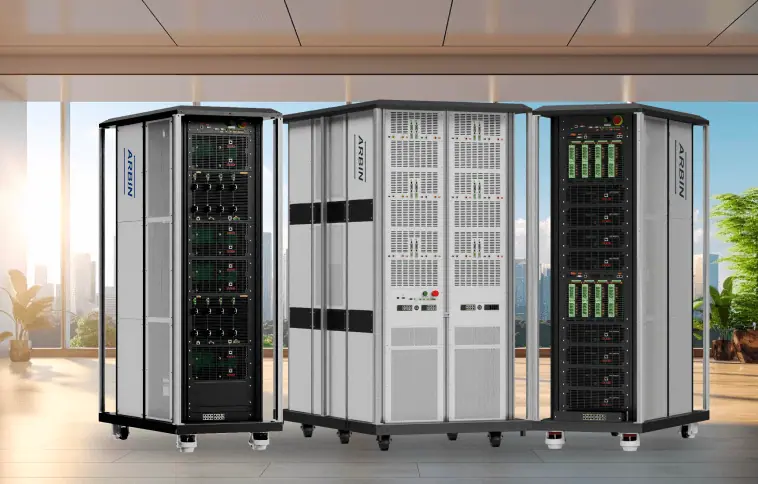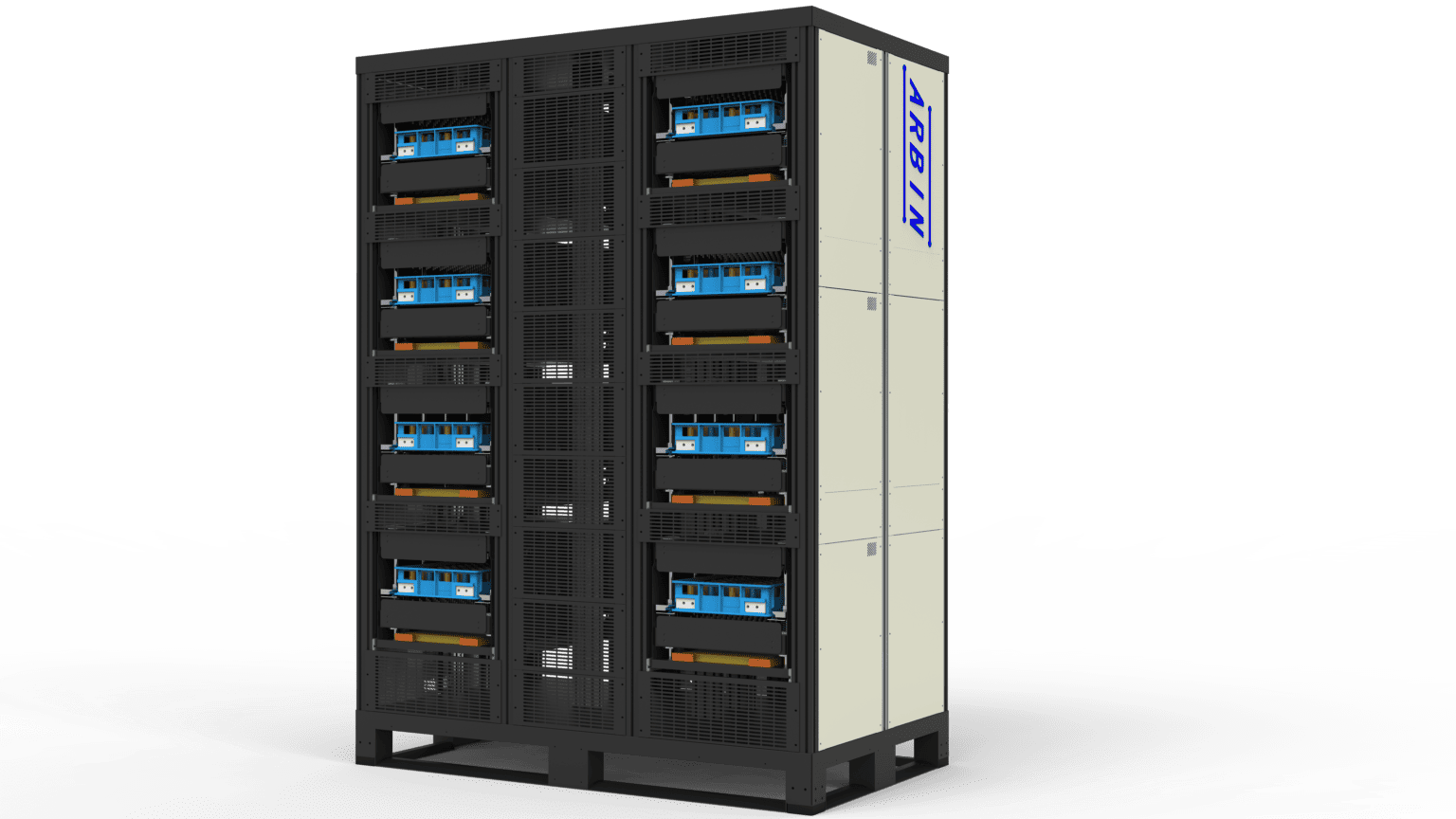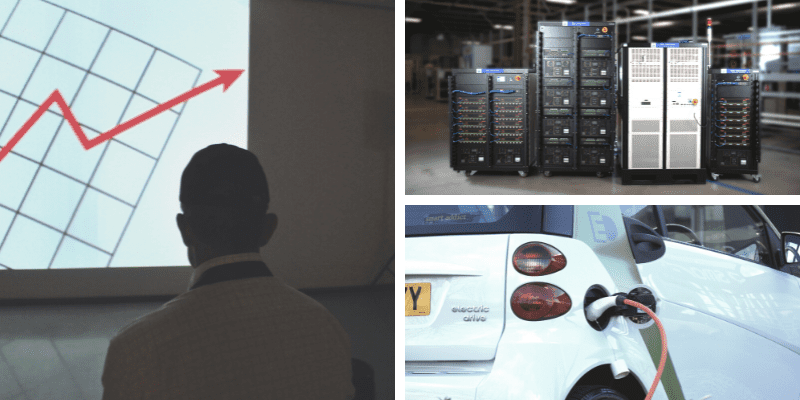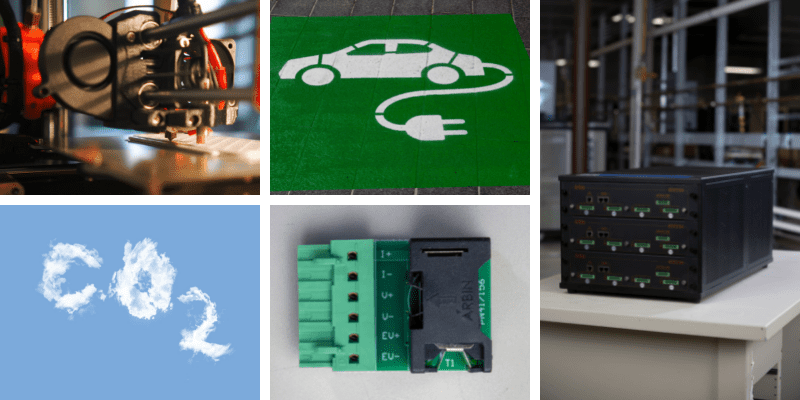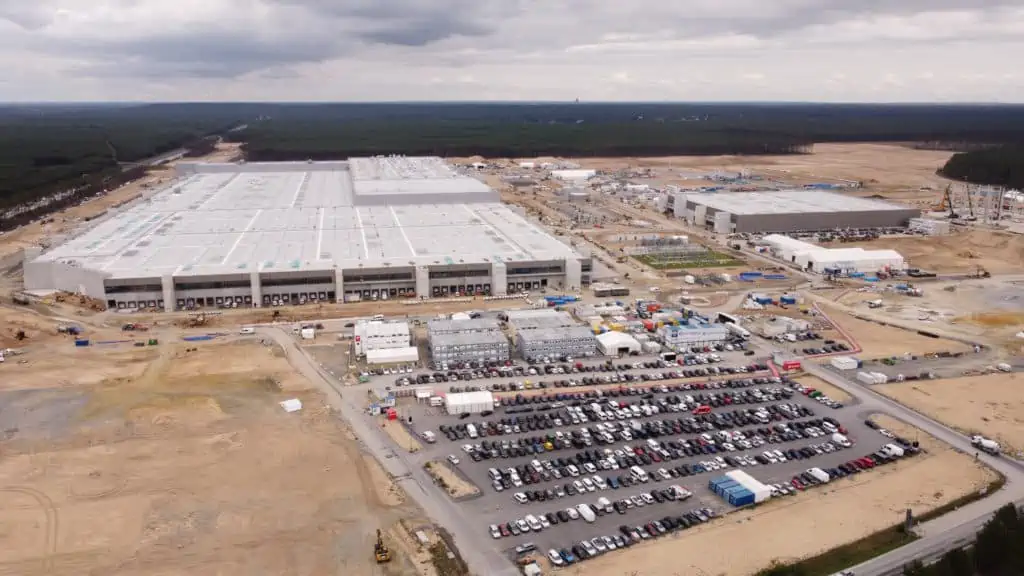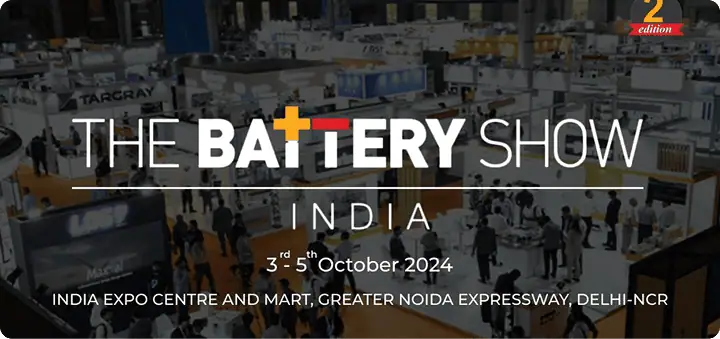
Tesla’s Battery Day, where upcoming projects and innovations are announced to investors, was held at the end of September. There were two anticipated announcements: the million-mile battery and a battery price point of $100/kWh, the price at which analysts believe would officially place Electric Vehicles on par with Internal Combustion Engines.
While no official announcement of a million-mile battery was made, Tesla did announce that the company aims to put out a battery that costs only $60/kWh within the next three years, two years sooner than experts project a battery at this price would be ready to go to market. According to the company, this price would be made possible by reducing battery manufacturing cost. Not only does Tesla intend to eventually move battery production in-house and implement complete vertical integration, but also make use of a newly-patented battery design to bring down costs.
All in all, Tesla outlined a five step plan to improve batteries.
Cell design
One of the pivotal changes Tesla is making to reach their goal is the design of a tabless battery.
Tesla recently filed a patent for their new battery design that removes the tabs connecting the electrodes to the energy load. This cell structure supposedly has multiple benefits: simpler manufacturing, fewer parts, and a 5x reduction in the electrical path, meaning that energy can flow faster and more efficiently.
But how would this technology achieve these goals? The current design of a cylindrical battery cell involves layers of cathode and anode material separated by a separator layer and rolled into a cylinder. Tabs are connected to the cathode and anode sheets respectively and stick out to connect to the load.
Tesla’s new battery design takes the cathode and anode foils and arranges them in a shingled spiral pattern. The placement pattern increases the surface area of the active material that it’s touching, facilitating faster movement of ions within the cell.
In the traditional battery design, the electrode tabs also create a bottleneck problem as ions only have a single path through which to travel to the load. By removing the tab, the ohmic resistance is decreased, allowing energy to travel more efficiently. It also reduces the chances of heat build up in certain areas of the battery due to a concentration of chemical activity. The new design allows these reactions to be spread out evenly within the cell, reducing the possibility of overheating.
Cell manufacturing
The next stage in Tesla’s plan to revamp their batteries is how the cell is manufactured. This means simplifying the process as well as reducing their carbon footprint and energy consumption.
Currently most battery electrodes are made with a wet process, which entails the electrode powder being mixed with water or another solvent, then placed in an oven to dry.
Tesla is in the process of perfecting a dry process, which directly converts the electrode powder into film. While Elon Musk stated that this is a much more complex method to master, once perfected it would mean a much simpler manufacturing process and a reduction in energy use in the process.
Anode materials
Tesla, like many battery manufacturers and researchers, is interested in using silicon as a replacement for graphite for the battery anode. Not only is it inexpensive, it is also abundant in the earth’s crust, making it a more sustainable choice in the long-run. Silicon has been found to have 9x the electron capacity compared to graphite, meaning that it has a much higher energy capacity. However, it has been known to expand within the cell and eventually degrade after a number of cycles, rendering the battery obsolete.
To combat this, Tesla stated that it will use raw silicon and an elastic, ion-conductive polymer coating to stabilize the material. Theoretically, this would increase an EV’s range by 20%.
Cathode materials
Current batteries use cobalt as the cathode material because of its stability and high energy density. However, Tesla had already spoken before on their desire to move away from using this metal due to its toxicity and mining which is often associated with human rights abuses. Instead Musk spoke about turning to focus on nickel as the alternative. Nickel is cheaper and has a high energy density, but by itself is unstable. The company is working on stabilizing the material which would eventually help to bring down battery costs.
Furthermore, Tesla spoke about not wanting to be constrained by the availability of nickel and is planning a flexible approach to the material used in their batteries, using other metals such as iron and magnesium in their energy storage solutions depending on its application.
Cell-Vehicle integration
The final step in Tesla’s plan is to integrate the battery pack directly into the structure of the car itself. Coining the term “structural batteries”, the electric vehicle battery pack is not only storage for energy, but is also an integral part of the vehicle’s structure. This aims to reduce the vehicle’s mass and increase range by allowing for cells to be packed more densely without adding extra structure.
While it will be a few years before we see a fruition of Tesla’s vision, it is exciting to see how these innovations will continue to challenge the EV and energy storage industry as Tesla, and the rest of the world, looks forward to adopting greener and cleaner technologies.


